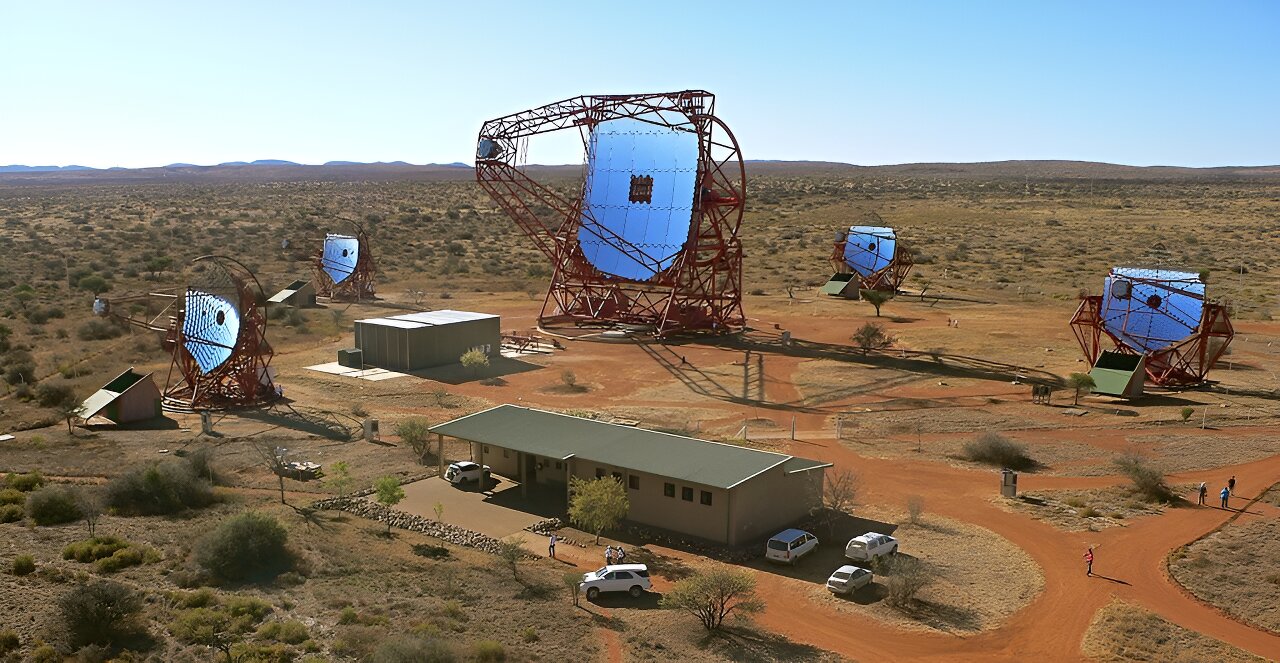New Discovery: Detecting Hawking Radiation with Telescopes
In a groundbreaking new study, researchers have found that Hawking radiation from black hole mergers can be detected using today’s telescopes. This phenomenon, first theorized by Stephen Hawking in 1974, has long been a mystery in the field of astrophysics. However, a research group from Europe has now shown that existing telescopes capable of detecting high-energy particles of light can observe Hawking radiation.
Gravitational Waves and Black Hole Morsels
When two massive black holes collide or a neutron star merges with a black hole, they emit gravitational waves that ripple through space. These waves, predicted by Einstein a century ago, were first observed in 2016. The mergers also produce “black hole morsels,” smaller black holes with masses similar to asteroids. These morsels emit gamma ray bursts with distinct characteristics that can be detected by advanced telescopes.
The Role of Cherenkov Telescopes
Cherenkov telescopes, such as HESS in Namibia and MAGIC in the Canary Islands, play a crucial role in detecting high-energy gamma rays from black hole evaporation. By observing the cascades of Cherenkov radiation produced when these gamma rays interact with Earth’s atmosphere, scientists can identify the unique signature of Hawking radiation. This discovery opens up new possibilities for studying the quantum behavior of black holes and exploring the mysteries of our universe.
In conclusion, the detection of Hawking radiation from black holes using today’s telescopes represents a significant milestone in astrophysics. This discovery not only confirms a long-standing theoretical prediction but also paves the way for further exploration of the quantum nature of black holes. Stay tuned for more updates on this groundbreaking research in the field of astronomy.




